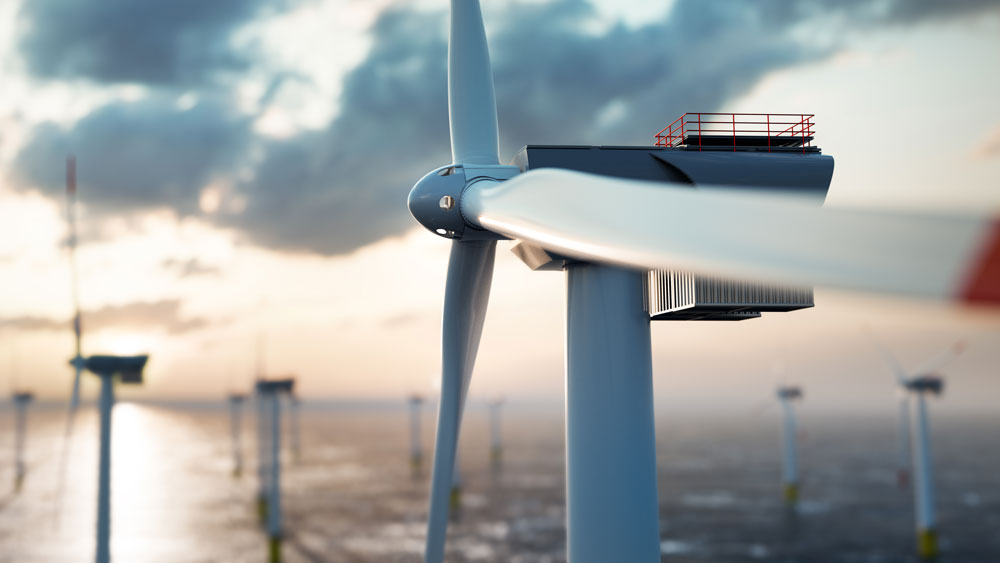Wind, sun, water: Offshore stations will convert each into electricity

The next generation of offshore energy lies in the development of a synergistic combination of several renewable energy production methods, set atop a floating offshore platform, a team of Texas A&M University researchers believe.
These ocean renewable energy stations will feature wind, wave, tidal and solar energy elements that could generate electricity for anything from a coastal or island community, a research lab or a military unit.
“Offshore renewable energy can directly power remote islands, numerous ocean platforms, electric boats, and underwater drones and vehicles, as well as ‘Blue Economy’ systems, such as marine aqua-culture, fish or macro algae farms,” Moo-Hyun Kim, Bauer Professor II in the Department of Ocean Engineering and director of the Ocean System Simulation and Control Lab, said. “It can also be combined with desalination plants and hydrogen factories.”
Tethered where the sea level is 60 meters or deeper, the station will be ideal when water depth increases quickly, such as along the United States’ Pacific Coast or Hawaii, and will be less obtrusive to the view of coastal residents than a fixed offshore wind farm. And, it has been proven to have a highly competitive levelized cost of energy (the measurement of lifetime costs divided by energy production).

